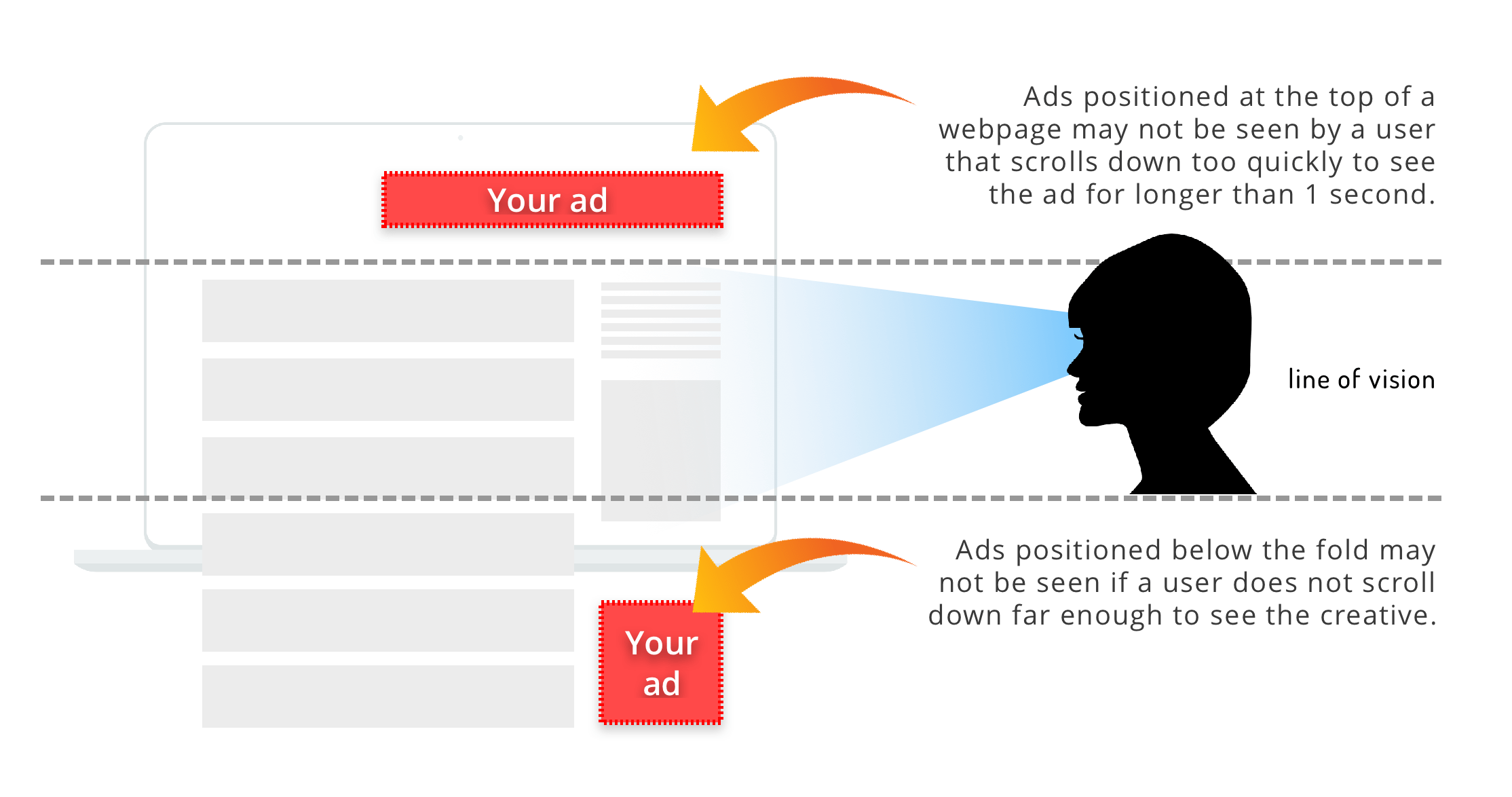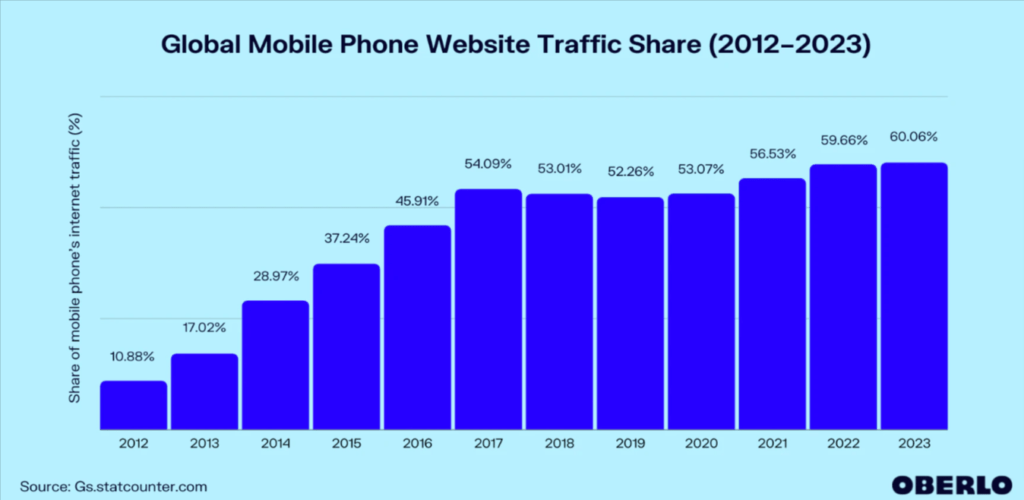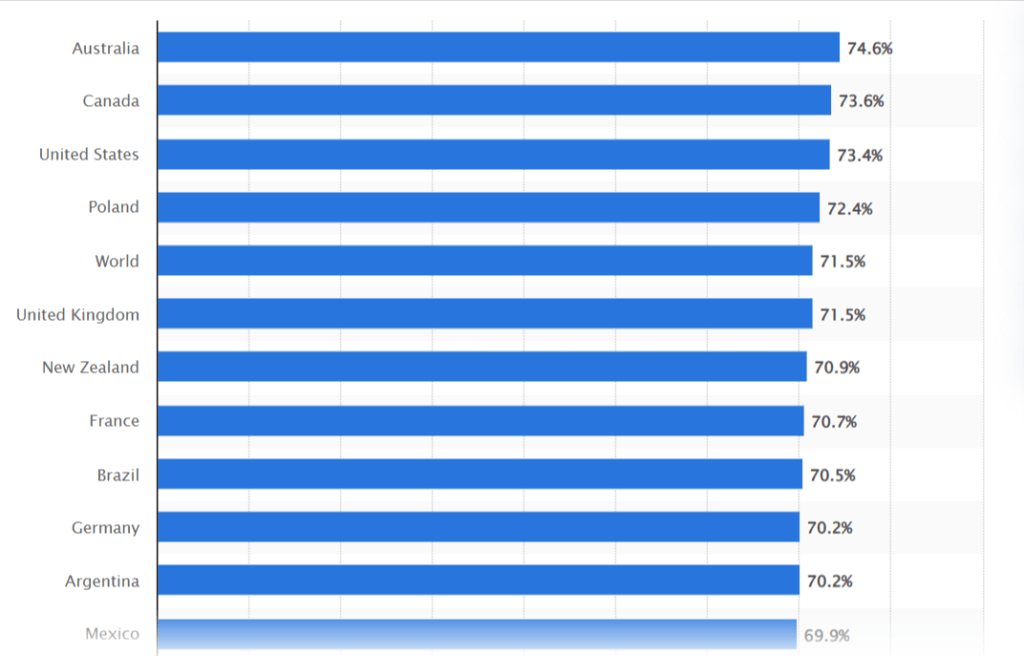Unleash the power of vCPM for publishers and supercharge your earnings. Discover how viewable ads revolutionize revenue by ensuring visibility. Maximize your revenue potential in online advertising through strategic viewability optimization.
In the ever-evolving landscape of online advertising, ensuring users see ads has become a priority for advertisers and publishers. In 2015, Google made a significant announcement that revolutionized how publishers would be compensated for their ad placements.
They introduced a shift towards paying publishers solely for viewable ads rather than the traditional approach of paying based on the number of ad units placed on a web page.
But how would anyone know whether the user sees an ad or not?
Simple, by observing the user interaction with the web page. But will this impact the publishers’ earnings? Of course. With viewable ads in action, advertisers will only pay in vCPM rather than CPM.
Also Read: What is CPM? A Definitive Guide for Publishers in 2023
So, What is vCPM?
vCPM stands for cost per thousand viewable impressions. Simply put, advertisers will pay according to the impressions that are viewed, not the creatives that are rendered on the publisher’s site.
If CPM costs per 1000 impressions,
then vCPM would be the cost per thousand viewable impressions
What are viewable ad impressions?
Viewable impressions are ad creatives that the users actually see. But how would you determine which ads are seen? To simplify it, publishers have the MRC provided standards that define whether an ad would be considered as viewed or not:
- For display ads, at least 50% of the ad (or ad pixels) should be visible on the user’s screen for over 1 second.
- For large ads, at least 30% of the ad (or ad pixels) should be visible on the user’s screen for over 1 second.
- And for in-stream video ads, at least 50% of pixels should be visible on the user’s screen for over 2 seconds.
Calculating the exact number of viewable ad impressions could be tricky. And even after you know that an ad is active on a user screen, there is no guarantee that the user has seen it. Hence to solve this, the standards defined by MRC offer some ideas about how viewability can be calculated.
How to Calculate vCPM
To calculate the vCPM, you can use the formula:
Budget ÷ [(Total Ad Impressions * % of Ad Viewability) ÷ 1000] = vCPM
Let’s modify the variables for the ad campaign:
Ad viewability: 75% (the average for ads placed above the fold)
Ad campaign budget: $150,000
CPM: $1.50 per click
Total impressions: 30,000,000
Viewable impressions: 22,500,000
Maximum vCPM bid: $6.50
Plugging these values into the formula, we get:
$150,000 ÷ [(30,000,000 * 0.75) ÷ 1000] = $5.00
Based on these figures, the vCPM for this campaign would be $5.00, considering that 75% of the ad is within the visual field for more than one second, following the IAB standards.
Feel free to adjust the variables according to your needs and use the formula to calculate the corresponding vCPM for your specific scenario.
Now that you know how to calculate viewability, let’s delve deeper and understand vCPM vs CPM.
vCPM vs CPM

Image source: MantisAdNetwork
CPM is an advertiser-side metric. Advertisers use CPM to calculate the amount they spend on an ad campaign. This also makes vCPM an advertiser-side metric.
With CPM, advertisers pay for all the ads rendered on a web page. However, with vCPM, advertisers only pay for the active ones viewed on a user’s screen.
Also Read – Understanding CPC vs CPM for Ad Publishers
Things Publishers Must Know About Viewable Impressions?
In light of Google’s shift towards paying only for ad impressions, publishers should strengthen their performance and employ effective strategies to maximize revenue. Thus, it’s important to understand how ads perform on both desktop and mobile.
Ad Viewability on Desktop
Starting with the desktop ads, the numbers are quite impressive. Research conducted by Statista has found that in the first half of 2022, desktop ads viewability stood at 71% on a global scale. That means 71% of display ads displayed on the display ads were in the view in the first quarter of 2022.
That being said, for desktop ads, vCPM (viewable cost per thousand impressions) emerges as a valuable metric that gauges these ads’ visibility and engagement potential. With vCPM, publishers can measure the cost incurred for every thousand impressions of an ad deemed viewable by the user.
Implementing vCPM for desktop ads brings forth a range of benefits. It enables publishers to identify underperforming ad placements and take corrective actions, such as adjusting ad formats or positions. Additionally, it facilitates the evaluation of different ad networks or demands partners based on their vCPM performance, helping publishers choose the most lucrative partnerships.
To effectively leverage vCPM for desktop ads, publishers should prioritize ad viewability by employing responsive design, optimizing ad placements, and ensuring fast page loading times. By doing so, publishers can enhance their desktop ads’ visibility and user experience, increasing engagement and ultimately driving higher revenue.
Ad Viewability on Mobiles
Compared with Desktops, mobile devices generate more traffic; thus, understanding vCPM’s role is important. Mobile platforms have become increasingly prevalent, and advertisers and publishers must adapt their strategies accordingly. In fact, according to Oberlo, in February 2023, mobile phones accounted for 60.67% of all web traffic, while the average for the year so far, in 2023, stands at 60.06%.

In the context of mobile devices, vCPM (viewable cost per thousand impressions) plays a crucial role in evaluating ad performance and optimizing monetization strategies for mobile.
Optimizing ad performance on mobile requires considering factors such as responsive design, ad placement, and load times. With vCPM, advertisers and publishers can gauge the effectiveness of their mobile ad inventory and make data-driven decisions to improve user experience and drive higher engagement.
Publishers should also consider experimenting with different formats, positions, and targeting parameters to optimize their mobile ad campaigns and achieve better results.
Top Strategies to Improve vCPM
Let’s now delve into some of the most effective strategies to improve viewable impressions.
Experiment with Different Ad Layouts & Positions
Experimenting with ad placement can help increase vCPM by identifying the most effective positions for maximizing ad viewability and engagement. Testing different placements allows advertisers to optimize their strategy and find the optimal position that drives higher viewable impressions and ultimately boosts vCPM.
Test Ad Styles & Ad Styles
You should also consider testing various ad types and styles, such as vertical, horizontal, carousel, or interactive ads; you can assess their effectiveness in capturing user attention and driving engagement. This experimentation allows you to tailor your ad strategy to match the preferences and behaviors of your target audience.
Also Read – Where To Place Your Ads? Best Ad Placement Strategies
Above the Fold vs Below the Fold
Don’t assume that above-the-fold ads are always viewable. Consider comparing the data of different ad placements (above the fold vs below the fold) to understand which ones work better.
Heatmaps can provide valuable insights to identify your website’s most effective ad placements. Heatmaps visually represent user interaction and engagement, enabling you to understand which areas of your webpage receive the most attention.
By analyzing heatmaps, you can identify the “hot spots” or areas where users spend the most time and focus their attention. These hot spots are ideal for placing ads, as they are more likely to capture user attention and maximize viewability.
Avoiding Ad Overload
While aiming for maximum viewability is important, it’s crucial to maintain a balance and avoid overloading your website with excessive ads. Therefore, do not use too many ads for maximum viewability, as it will lead to a bad user experience.
When considering ad placements, prioritize the user experience alongside viewability. Strive to maintain a clean, uncluttered website layout allowing users to navigate content seamlessly. Doing so creates a positive user experience that encourages engagement and return visits.
Instead of inundating your website with ads, focus on strategic ad placements that are relevant, non-intrusive, and seamlessly integrated into the overall design. This approach ensures that ads complement the content rather than overpower it.
Key Takeaway
Publishers are always recommended to work on ad viewability methods to see an increase in vCPM. Take the help of heatmap tools to find out the most user-interacted part on the webpage. Try not to take away the space dedicated to content to make your ads more viewable.
Because of vCPM, publishers might see a drop in their earnings. However, in the long run, efficient use of ad viewability metrics can lead to a better ad positioning system benefiting the entire ad ecosystem.
vCPM doesn’t apply to publishers dealing in real-time bidding or private auctions. In the case of RTB, each impression on the publisher’s web page is being bid on with ever-increasing competition. Next, in the case of a private auction, the price of inventory is pre-negotiated. Hence in both cases, viewability might not be the first thing advertisers consider while going for RTB and private auctions.
Working on the viewability of your web pages isn’t harm your earnings. On a positive note, it can benefit advertisers with a successful ad campaign, increasing the demand for your inventory in the market.
Frequently Asked Questions – vCPM
vCPM refers to viewable impressions per mile (thousand impressions). It’s a metric which is used to find out how many ads are actually been seen on a web page.
According to the industry’s standards, a good vCPM is considered 68% or more.
Here’s the formula to calculate vCPM
Budget ÷ [(Total Ad Impressions * % of Ad Viewability) ÷ 1000] = vCPM

Deepak has a keen eye for detail and a deep understanding of the ad tech landscape. Whether it’s through in-depth articles, thought-provoking insights, or compelling storytelling, he’s dedicated to helping people navigate the complex world of ad tech with the simplicity of his words.









